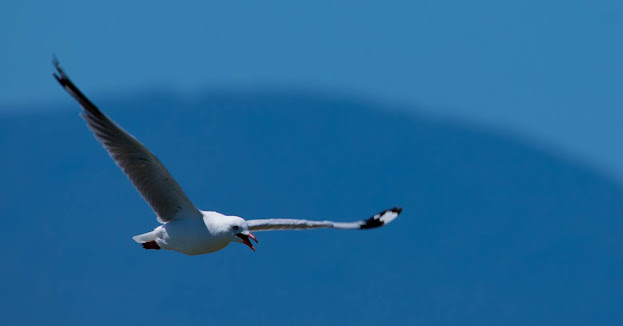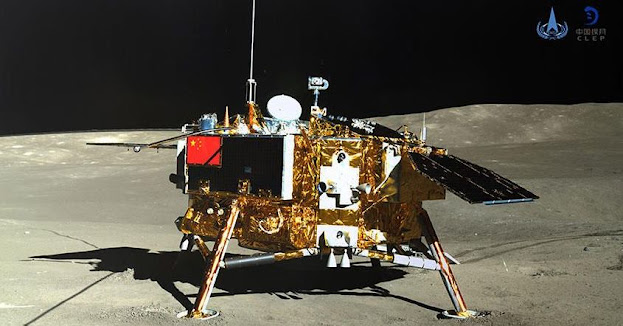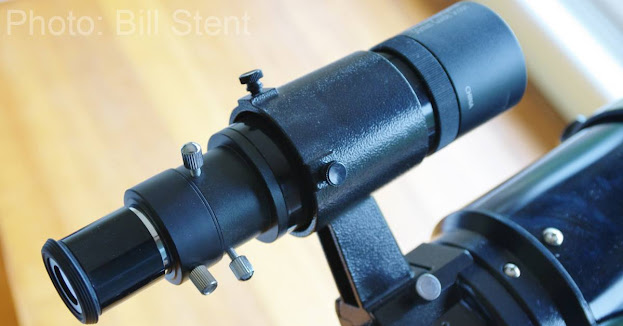Shifting poles

1 February 2019 The Earth's poles are shifting! Are we all doomed? Probably not. One of the things the Earth has always had is a magnetic field. It's mostly caused by the molten core inside the Earth and how it swirls about deep underground. It protects us from solar radiation, produces the most awesome auroras, and it might help migratory birds know what direction to go. It also helps us navigate using magnetic compasses. This includes using a compass to align an equatorial mount (see my blog ). The magnetic field generated by the Earth isn't fixed, but wanders around slowly as the swirls in the Earth's core change their behaviour from year to year. However, in the last few years, there's been a noticeable increase in its rate of change. So what's going to happen? It's hard to say. Because the poles are wandering randomly about, rather than going in a consistent direction, it's difficult to predict what's going to happen. But, becaus...











